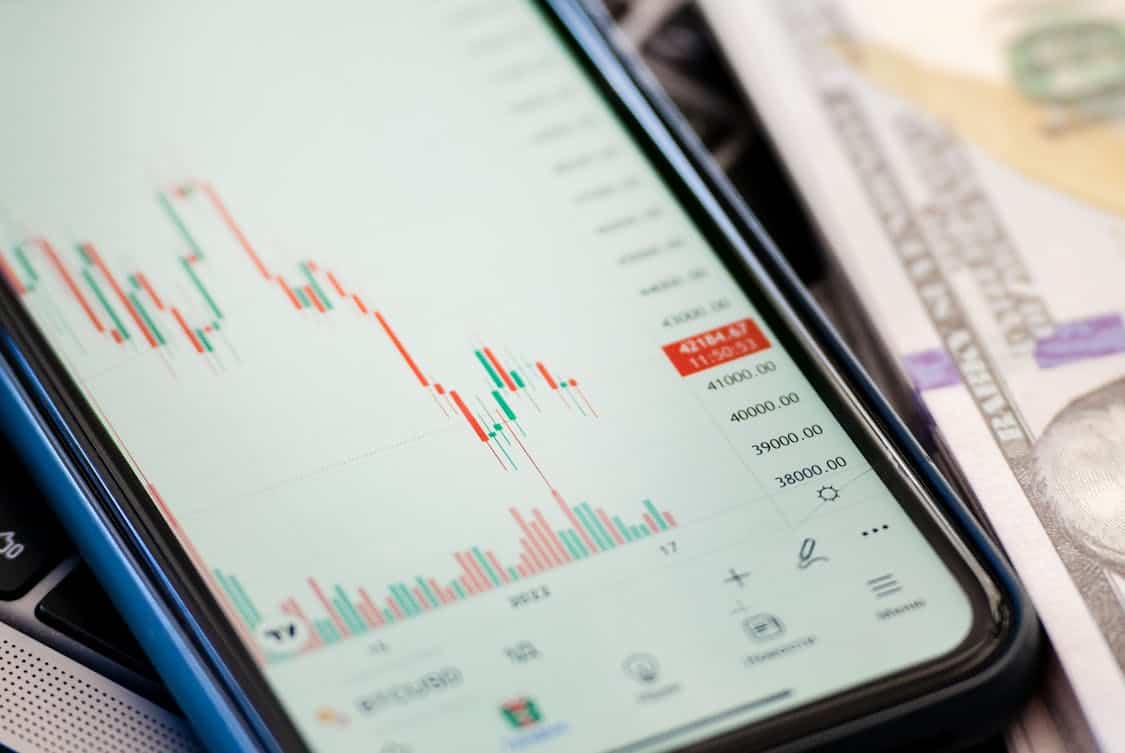The Role of Timing in Successful Stock Trading Decisions

Timing is often viewed as an art in the world of stock trading. Knowing when to jump in or step back can differentiate a winning trade from a losing one.
While many traders focus on specific stock analysis or chart patterns, the broader picture often revolves around timing. A miscalculation in timing can lead to significant financial losses, while the right timing can yield substantial returns.
Market timing isn’t merely about predicting price movements; it’s about understanding the underlying forces that drive those movements.
Economic indicators, corporate earnings reports, and geopolitical events all play a role in shaping market sentiment. Recognizing these variables can help traders position themselves advantageously.
The Importance of Economic Indicators
Economic indicators serve as vital signposts for traders. Data such as unemployment rates, inflation figures, and GDP growth can heavily influence market trends.
When these indicators signal economic strength, investors often feel more confident, pushing stock prices up. Conversely, negative indicators can trigger sell-offs, sending prices tumbling.
Understanding how to interpret these indicators is key. For instance, a rise in unemployment might suggest a weakening economy, prompting traders to sell off stocks in anticipation of lower corporate profits.
Being attuned to these economic signals enables traders to make informed decisions that align with market movements. With LevelFields, you can track these indicators in real time and respond faster to market shifts.
Technical Analysis: Timing via Charts

Technical analysis involves using historical price data and trading volumes to make predictions about future price movements. Charts provide a visual representation of market trends, helping traders identify potential entry and exit points.
Patterns such as head and shoulders, moving averages, and Fibonacci retracements can indicate optimal times for buying or selling.
However, it’s not just about recognizing patterns. Timing in technical analysis requires a keen eye for nuances.
For instance, if a stock consistently reacts to support and resistance levels, traders can leverage this information to time their trades more effectively. It’s a delicate balance between the art of deduction and the science of pattern recognition.
The Impact of News Events
News events can significantly affect stock prices and market dynamics. Earnings announcements, product launches, or regulatory changes can create volatility that traders must navigate. Timing trades around these events can either amplify gains or magnify losses.
For example, a company releasing strong earnings might see its stock soar. Traders who anticipate this announcement can buy shares beforehand, enjoying the price surge.
If a quarterly report falls short of expectations, those caught off-guard may rush to the exit, leading to sharp drops in stock value. Staying informed about upcoming news can help traders make timely decisions.
The Psychology of Timing
Psychological factors also play a crucial role in timing decisions. Fear and greed can lead traders to make impulsive choices, often resulting in losses.
Understanding market psychology allows traders to recognize when emotions cloud judgment, enabling them to maintain a disciplined approach.
For instance, during a market rally, the fear of missing out (FOMO) can drive traders to purchase stocks at inflated prices, only to watch their investments decline as reality sets in.
Panic selling during a market downturn can lead to missed opportunities. Awareness of these psychological traps can aid traders in making more rational timing decisions.
Seasonal Trends and Market Cycles
Certain times of the year often show predictable trends in stock prices. For example, the “January effect” suggests that stocks typically rise in the first month of the year. Similarly, holiday seasons may influence retail stocks due to increased consumer spending.
Understanding these seasonal trends can give traders an edge. By recognizing historical patterns, they can align their trading strategies with anticipated market movements.
This foresight can be invaluable, particularly for those trading in sectors influenced by seasonal demand.
The Role of Volume in Timing
Volume, which measures the number of shares traded, provides essential insights into market interest and timing.
High trading volumes often indicate strong investor interest in a stock, potentially signaling the right moment to enter or exit a position.
Low volumes might suggest a lack of interest, which could lead to increased volatility and risk.
Traders should monitor volume alongside price movements to confirm trends. For instance, if a stock’s price increases alongside rising volume, it may signal a robust upward trend.
On the flip side, if prices rise while volume decreases, it could indicate a lack of conviction in the move, suggesting caution.
Setting Up Timely Alerts
In a fast-paced market, having the right tools can make all the difference. Many traders set up alerts for specific price points, enabling them to act quickly when conditions align with their strategies.
These alerts can be based on technical indicators, price thresholds, or significant news events.
Utilizing technology can streamline timing decisions. Automated trading systems can execute trades based on predefined criteria, removing the emotional element from decision-making.
This approach allows traders to respond swiftly to market fluctuations without second-guessing their instincts.
Avoiding Overtrading
While timing is vital, overtrading can lead to poor outcomes. Many traders fall victim to the temptation to trade frequently, hoping to capitalize on every minor movement. This strategy can result in excessive transaction costs and emotional burnout.
Finding a balance is key. Traders should focus on quality setups rather than quantity. This means waiting for the right conditions to align before placing a trade.
By resisting the urge to constantly engage in the market, traders can approach timing decisions with clarity and purpose.
The Influence of Macroeconomic Trends
Broad economic trends can shape the timing of individual trades. Factors such as interest rates, inflation, and global economic conditions can significantly influence market behavior.
Traders who stay informed about macroeconomic developments can position themselves to take advantage of emerging opportunities.
For instance, an anticipated rise in interest rates can lead to shifts in investment strategies, particularly in sectors sensitive to borrowing costs.
Anticipating these trends allows traders to time their entries and exits more effectively, reducing risk and enhancing potential returns.
Networking and Community Insights
Engaging with fellow traders can provide valuable perspectives on timing decisions.
Online forums, social media groups, and trading communities are rich with insights and shared experiences. Listening to diverse viewpoints can inform your understanding of market timing.
Networked trading can also bring awareness to trends that may not be apparent through solitary analysis. Collaborating with others can spark new ideas and strategies, leading to improved timing decisions.
Sometimes, a fresh perspective can illuminate a path that’s been overlooked.





